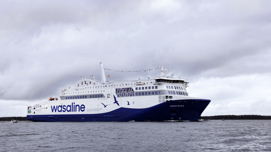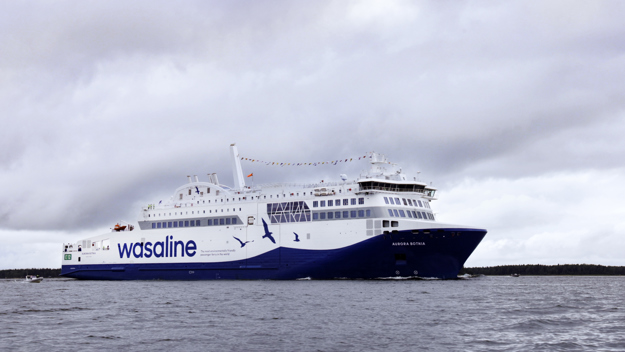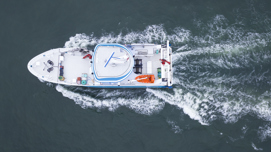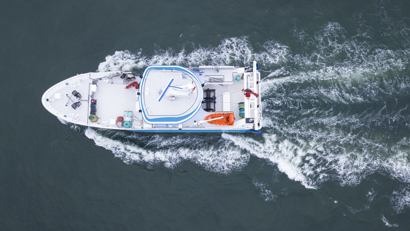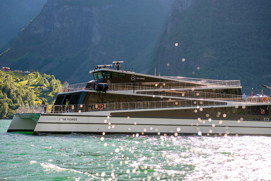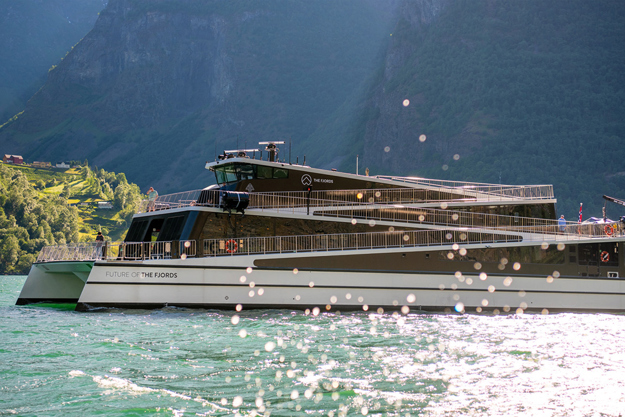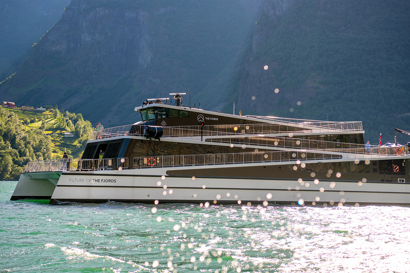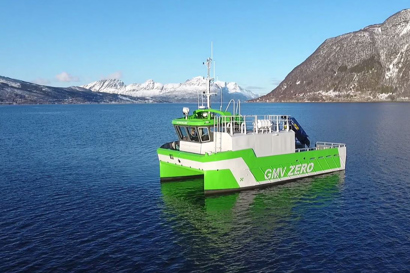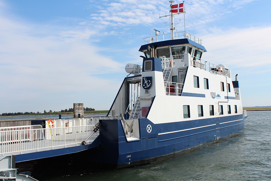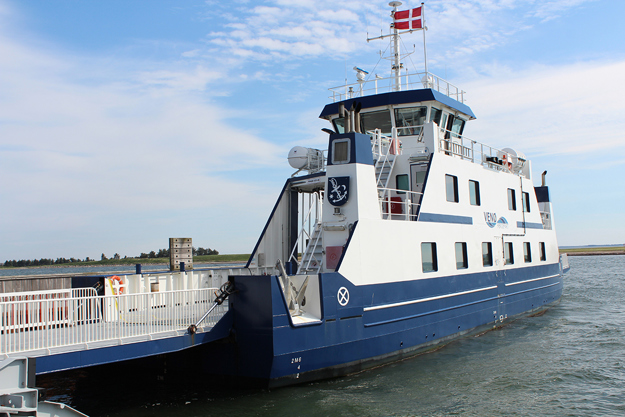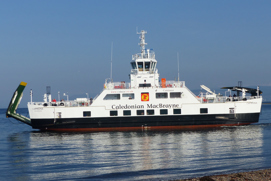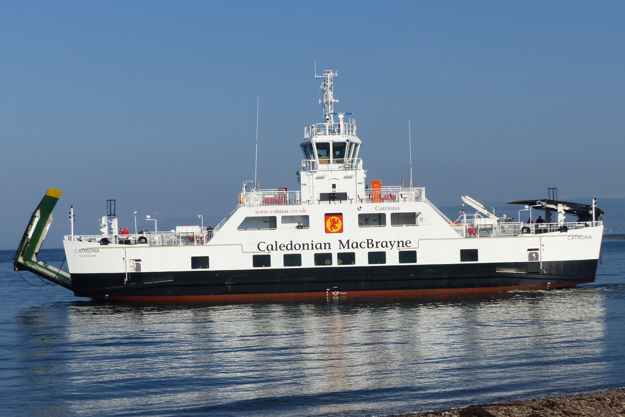NETHERLANDS: Air at the port of Scheveningen is cleaner than ever thanks to a new shore supply facility. Thanks to the shore power supply, berthed vessels can shut down their diesel generators and instead buy sustainable power using an app.
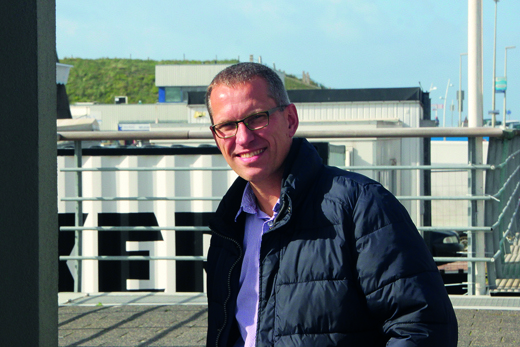
The alternative electricity supply eliminates air pollution and reduces noise and vibrations when ship engines are idle. It’s so convenient and popular that on average, the harbor saves 1,000 liters marine diesel daily, resulting in dramatic reductions in air pollution from particulate matter, nitrogen oxides (NOx) and sulphur oxides (SOx) in addition to substantial CO₂ savings.
“The system has been successfully working for two years now, and we’ve had no problems at all with any of the Danfoss components: They’re totally reliable”, explains Maarten Hektor, Managing Director, Involtum
100% renewable energy
The installation of shore power in Scheveningen harbor is a major part of The Hague’s Air Quality Action Plan, which outlines what the municipality is doing together with businesses, residents, interest groups and the Dutch State to further improve the air quality in the city. Of course, only 100% Dutch sustainable wind energy is used in the installation.
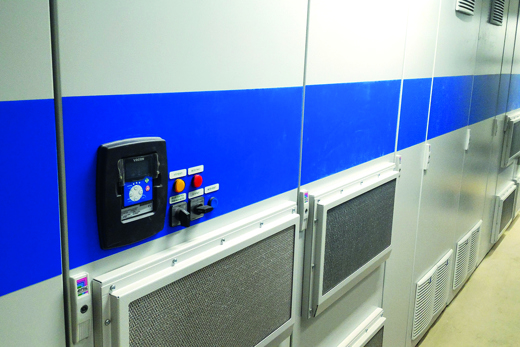
Power connection for many vessel types
While shore power in the Second Harbor already existed for cutters, small fishing boats and pleasure vessels, this major new industrial-scale installation in the other two harbors extended capacity to many more vessels.
The new shore supply system serving the First and Third Harbors is a first for the Netherlands in terms of its large scale, its technology, and its convenience for users. The system was built using a Danfoss VACON® NXC series low harmonic drive to convert grid power to adapt the frequency to the ship’s grids. The system has eight power outlets each with a communication system allowing the ship’s engineer to connect and pay for power using an app.

All power conversion installations
-
if (isSmallPicture) {


 World’s first ferry powered by iC7-Marine: Aurora Botnia
World’s first ferry powered by iC7-Marine: Aurora BotniaFINLAND: The Aurora Botnia cargo and passenger ferry is equipped with a hybrid-electric propulsion system, powered by liquid-cooled iC7 drives from Danfoss.
-
if (isSmallPicture) {


 Decarbonizing the next-generation training ship, Skulebas
Decarbonizing the next-generation training ship, SkulebasNORWAY: The new training vessel at Maløy Fishing School uses less diesel and emits less CO2, while also meeting the rigorous demands of the fishing industry.
-
if (isSmallPicture) {


 Future of the Fjords meets 2026 emission targets, today
Future of the Fjords meets 2026 emission targets, todayThis world-first fully-electric carbon fiber vessel safeguards the pristine Norwegian fjord environment, ensuring zero emissions.
-
if (isSmallPicture) {


 Goodbye to NOx gases
Goodbye to NOx gasesGrovfjord Mekaniske Verksted, Norway, has designed one of the world’s first fully electric workboats. No engine noise, no diesel fumes, zero emissions. It’s electrification at sea. And drives from Danfoss have helped make it happen.
-
if (isSmallPicture) {


 Battery retrofit saves fuel and improves air quality
Battery retrofit saves fuel and improves air qualityDenmark’s shortest ferry route is now a pioneer of battery power.
-
if (isSmallPicture) {


 38% fuel savings and emission reductions for CMAL ferries
38% fuel savings and emission reductions for CMAL ferriesCMAL ferries use 38% less fuel than conventional vessels and emissions are reduced by a similar amount.


